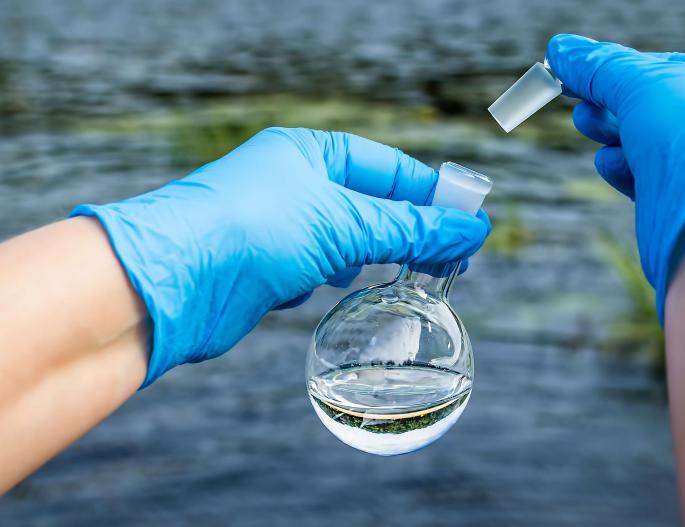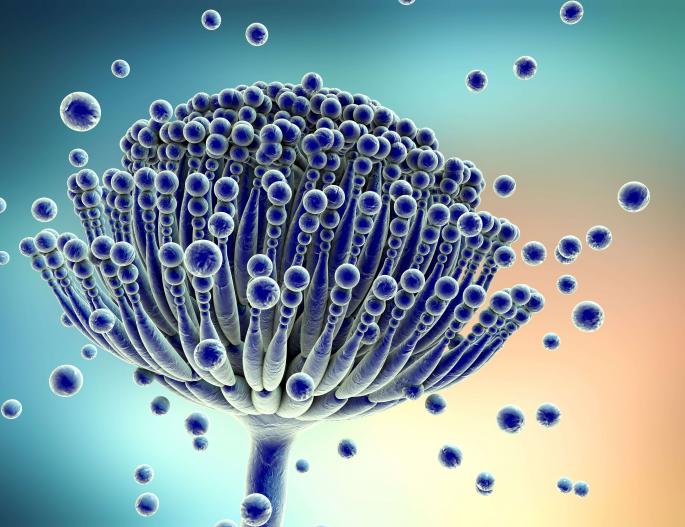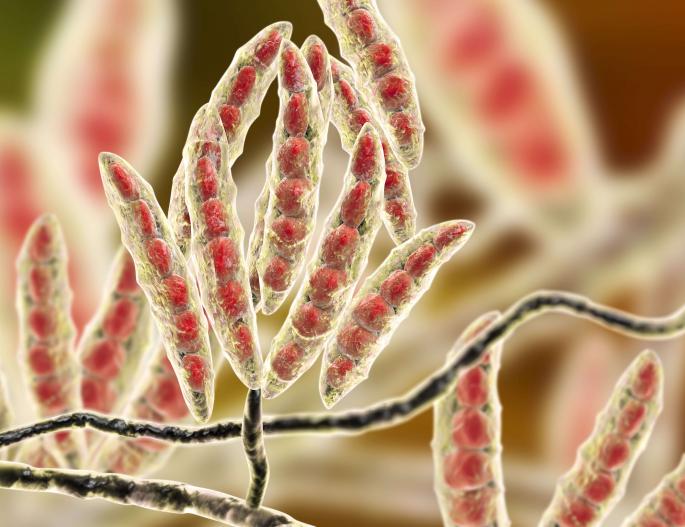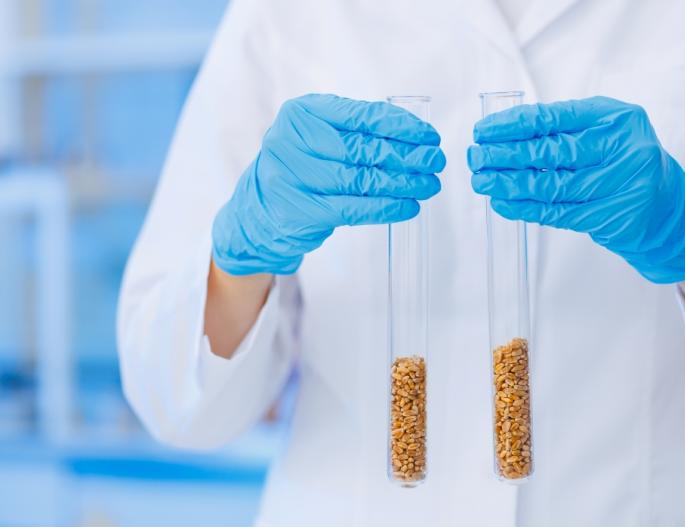Blog
All you need to know about Water Safety
Water safety is an important and fundamental concern that includes handling of water reservoirs in ways that prevent poisoning of human, animals and plants.Contaminants by microorganisms such as bacteria, viruses, algae or fungi and their metabolites pose a great risk to drinking-water…
Standard Solutions as reference materials
Fermentek is a global leader in the production of certified Mycotoxin and Microcystin reference materials for food and water safety labs, and for R&D.Mycotoxins are toxic fungal metabolites that appear in food and animal feed as a result of fungal infection of crops such as cereals…
All you need to know about Aflatoxins
Aflatoxins are a category of mycotoxins – a naturally occurring toxic secondary metabolite – universally generated by certain molds, predominantly the aspergillus species (aspergillus flavus and aspergillus parasiticus). More than 18 different types of aflatoxins have been reported to…
Trichothecenes - The mycotoxins that threatens wheat, corn and other grains.
Trichothecenes are groups of chemically related mycotoxin compounds produced by diverse filamentous fungal species such as Fusarium, Myrothecium, Stachybotrys, Trichoderma, Trichothecium and Spicellum. They pose a significant threat to human, animal and even plant health.Fusarium mold…
Food Safety - causes and regulatory demands
Natural toxins are poisonous secondary metabolites produced by living organisms, which although typically not harmful to the organisms themselves, can impact on human or animal health when consumed. Thus, food safety is an important concern all over the world.Food safety is an area…





